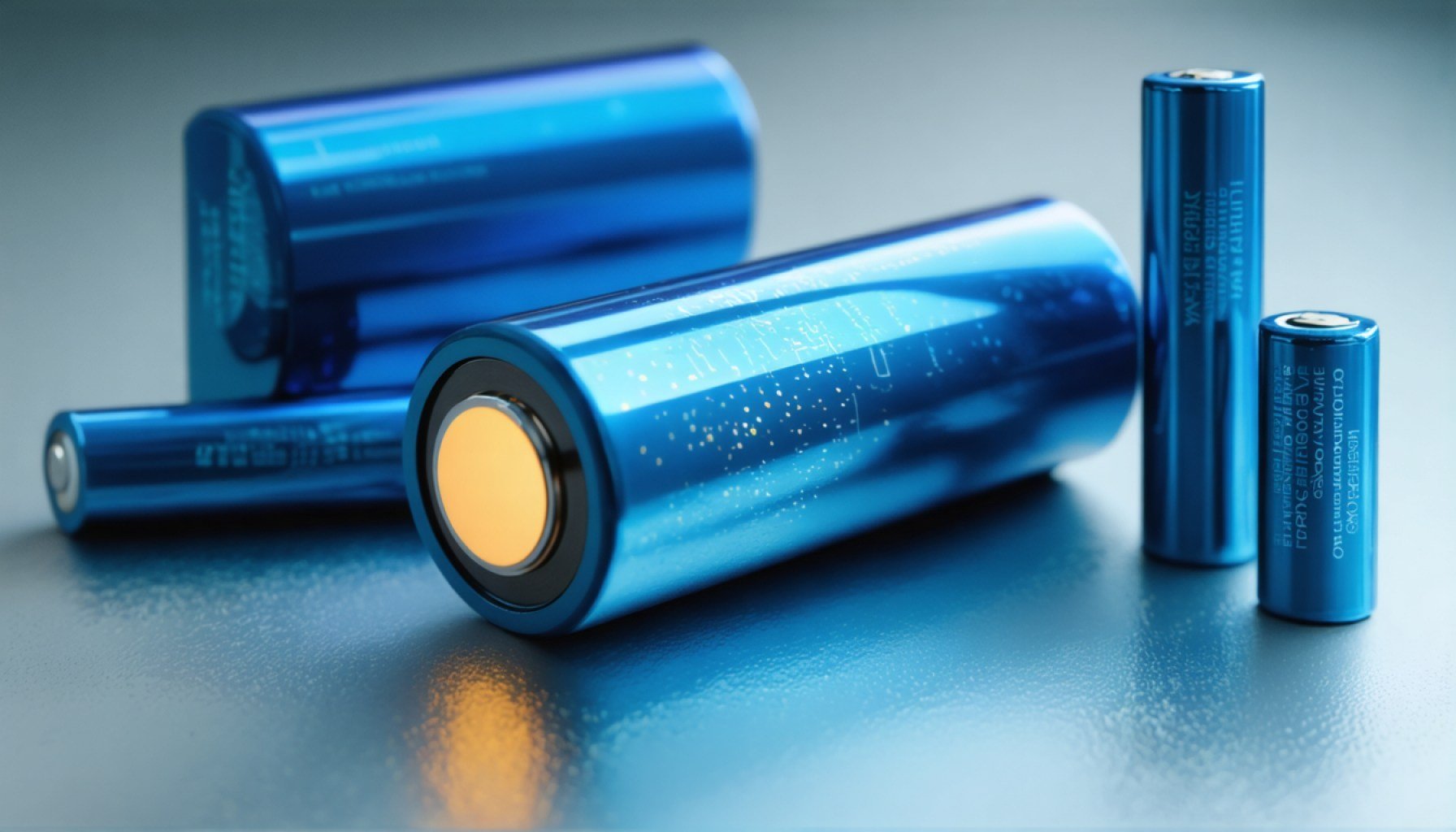- Full solid-state batteries are set to transform energy storage with applications in electric vehicles and personal electronics.
- They use a solid electrolyte, which increases safety, stability, and reduces risks of leakage and explosion.
- The batteries offer enhanced durability and lifespan, supporting sustainable technology initiatives.
- Automotive applications could see significant improvements in efficiency, weight, and charging times, benefiting the growing EV market.
- Solid-state technology promises advancements in smart gadgets, enabling smaller, more powerful devices.
- Ongoing research and industry efforts by companies like Toyota and QuantumScape are critical in bringing this technology to mass production.
The realm of energy storage is on the brink of a groundbreaking transformation with the advent of full solid-state batteries. These novel power sources promise to revolutionize everything from electric vehicles (EVs) to personal electronics, enabling longer usage times and quicker charging capabilities.
Unlike traditional lithium-ion batteries, which use liquid electrolytes, full solid-state batteries employ a solid electrolyte. This change substantially enhances their safety and stability, reducing risks of leakage and explosion. Durability and longevity are other significant advantages; these batteries boast longer lifespans, potentially diminishing electronic waste and contributing to sustainable technology.
The automotive industry stands to gain immensely. As demand for EVs continues to surge, the need for efficient, lightweight, and long-range batteries becomes critical. Full solid-state batteries can potentially provide vehicles with the same range in under half the charge time required by current lithium-ion batteries, making electric transport more viable for the masses.
Moreover, the transition to solid-state technology could catalyze advancements in smaller, more powerful devices, paving the way for the next generation of smart gadgets. Wearables, smartphones, and laptops could experience unprecedented enhancements in performance and compactness.
While research is still unfolding and mass production lies ahead, companies like Toyota and QuantumScape are spearheading this paradigm shift. With investors paying close attention and the tech community abuzz with anticipation, full solid-state batteries may soon become a cornerstone of our energy-dependent future.
Unveiling the Future: How Full Solid-State Batteries Are Set to Transform Industries
How do full solid-state batteries compare to traditional lithium-ion batteries?
Full solid-state batteries offer several distinct advantages over traditional lithium-ion batteries:
– Safety and Stability: Utilizing a solid electrolyte instead of a liquid one minimizes risks associated with leakage and explosion, making them safer for consumer use.
– Longer Lifespan: These batteries have greater durability and longevity, which can reduce electronic waste and align with sustainable technology goals.
– Efficiency: They can potentially cut down the charging time for electric vehicles while maintaining or exceeding current range capabilities, a major advancement for EV technology.
– Size and Power: The compact nature and increased power storage capacity make them ideal for smaller and more powerful personal electronics, such as smartphones and wearable devices.
For more information on solid-state battery technology and its development, visit Toyota or QuantumScape.
What are the market forecasts and trends for full solid-state batteries?
The market outlook for full solid-state batteries is promising with several key trends emerging:
– Growing Investment: Major automotive giants and tech companies are increasingly investing in solid-state technology, leading to accelerated research and potential breakthroughs.
– Adoption in Electric Vehicles: As the global shift toward electric vehicles intensifies, full solid-state batteries are seen as the next step in battery evolution, owing to their superior performance metrics and environmental benefits.
– Consumer Electronics Boom: The race for compact, high-efficiency batteries is driving innovation in the consumer electronics sector, promising better-performing devices with longer battery life.
– Sustainability Shift: The focus on reducing the ecological footprint of battery production and disposal aligns with global sustainability goals, providing an additional impetus for adoption.
What challenges do full solid-state batteries face before mass adoption?
Despite their impressive advantages, full solid-state batteries face several hurdles:
– Production Costs: The complexity of producing solid-state batteries, both in terms of technology and materials, currently results in higher production costs compared to conventional lithium-ion batteries.
– Scale-up for Mass Production: Developing a scalable manufacturing process that can meet global demand is a significant challenge yet to be fully addressed.
– Material Limitations: The search for a truly scalable, affordable, and non-toxic solid electrolyte continues to pose challenges for researchers.
– Market Readiness: As the technology is still relatively nascent, it requires further refinement and testing before it can be fully integrated into large-scale products like EVs and consumer electronics.
To stay updated with ongoing efforts to overcome these challenges, follow industry leaders such as Toyota and QuantumScape.














